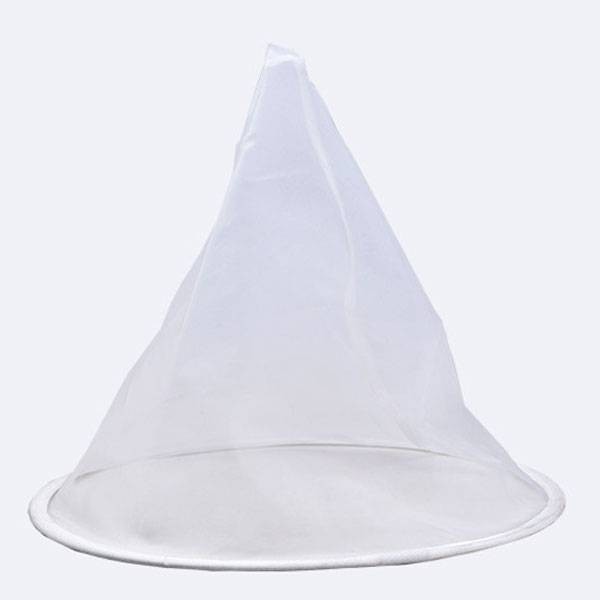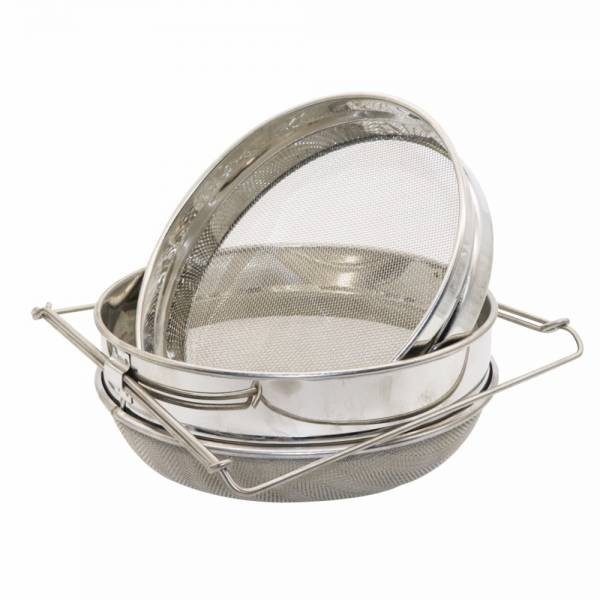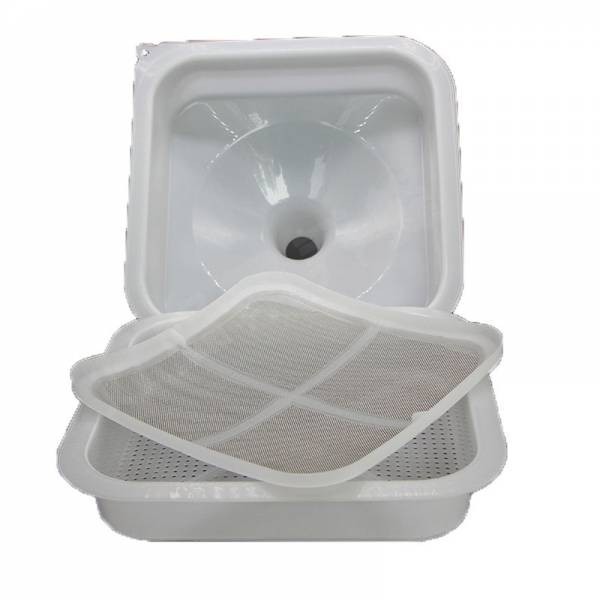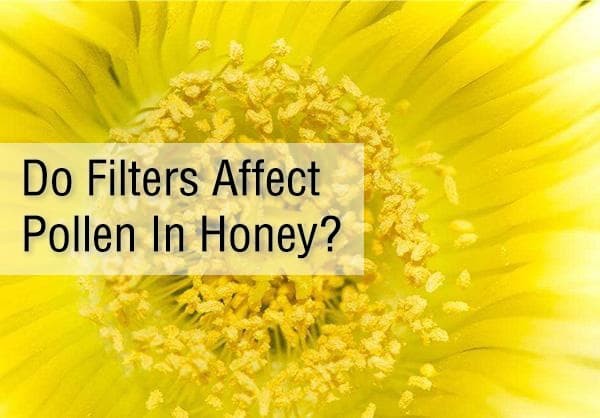Honey bees are amazing creatures! They bounce from flower to flower, collecting nectar and pollen to bring back to the hive. They do this day in and day out, tirelessly working to provide for the hive. We can learn a lot from these little bees! They show us the importance of hard work and determination.
While pollen is necessary for the survival of bees, it can end up in stored nectar and honey. This can happen on purpose, when bees pack pollen into the nectar cells as food for the larvae, or accidentally, when pollen falls into the nectar while the bees are collecting it. While the pollen in honey is not harmful to humans, it can cause allergies in some people.
Beekeepers use a variety of methods to harvest honey. The most common method is to remove the wax coverings from each cell and remove the honey. This can be done by hand or with a machine. The honey is then placed in jars or containers for storage.
When harvesting honey, it is typically strained before being placed into bottles. This helps to remove any debris or impurities that may be present. Straining also helps to improve the overall quality and shelf life of the honey.
The vast majority of pollen collected by the bees is not used to make honey. Instead, the pollen is used as a food source for the bees. The pollen is collected from flowers and other plants and is stored in the bees' pollen baskets. When the bees return to the hive, they deposit the pollen into the honeycomb where it is used as a food source.
Bees typically store pollen in separate from honey, but some pollen will be mixed with the honey. Pollen is a powdery substance that contains the male gametes of a plant. When bees gather nectar from plants, they also collect pollen on their body. Then, when they return to the hive, they use their mouth to remove the pollen from their body and deposit it into storage cells. Some of the pollen will become mixed with the honey during this process.
Most commercial honey is filtered to remove beeswax and other impurities. Prior to filtering, the honey is often strained to remove bee parts and other large impurities. Staining honey comb and bees is considered unattractive to many consumers, so beekeepers typically strain their honey before bottling it.
Most beekeepers believe that by using very small filters, they can exclude the pollen from the honey. The pollen is then separated from the honey and used for other purposes.
Pollen is a powdery substance that is produced by plants. It is the male reproductive cell of the plant and is responsible for fertilizing the female reproductive cell, also known as the ovule. Pollen is typically transported by insects, such as bees, from the male flower to the female flower. Once the pollen reaches the female flower, it will fertilize the ovule and the plant will produce seed. The average pollen grain is 25 microns wide, which is much smaller than the smallest filter that a non-commercial beekeeper will have. This means that when bees are collecting pollen, they are likely to bring in some impurities along with the pollen. However, beekeepers can remove impurities from the pollen by using a mesh strainer.
The smaller the number, the finer the filter.If you're a hobby beekeeper, you'll need to strain your honey before bottling it. The most common way to do this is with a filter. There are three sizes of filters available for this purpose: 200 microns, 400 microns, and 600 microns. The number refers to the size of the tiny holes in the filter. The smaller the number, the finer the filter.
A 1/4-inch hole is equal to over 6000 microns
Pollen is a very fine powder that is released by plants. Some of the largest pollen granules only measure 100 microns wide, half the size of the smallest hobbyist filter. Pollen can cause respiratory problems for some people and can be a nuisance when it gets tracked into the home.
Most of the pollen in honey is from the bees that collected it and very little from the plants. So rest assured, if you are worried about buying honey with all the pollen strained out or straining out the pollen out of your own honey, you can put that behind you.
Common Types Of Filters
Nylon Filter Wholesale
The filtering time of this nylon filter is longer than plastic or stainless steel honey strainer.

Double Layer Ss Honey Strainer Wholesale
The top honey filter is used to filter honey bee corpses and wax debris.

Plastic Filter With Funnel
Plastic multi-layer filter has double-layer filter. There is funnel. It can be placed on the barrel directly.


